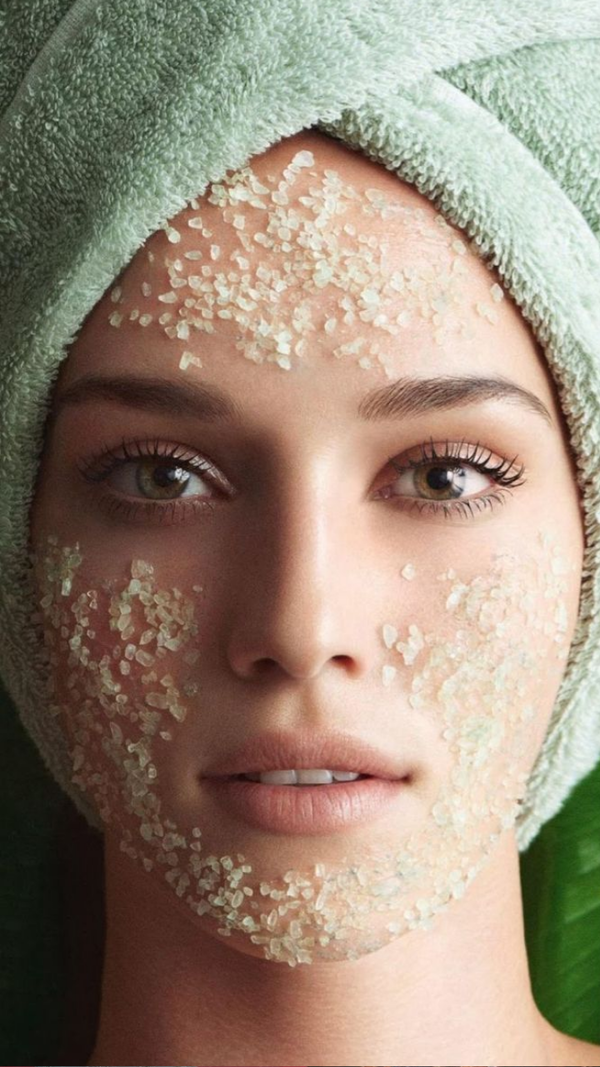- News
- lifestyle
- health-fitness
- health-news
- What is Vitamin P, and 5 ways to get it daily
What is Vitamin P, and 5 ways to get it daily

What is Vitamin P, and 5 ways to get it daily
Vitamin P, also known as Flavonoids or bioflavonoids. Are a vast group of yellow polyphenolic compounds that commonly found in plant-based foods such as vegetables, deeply colored fruits, and cocoa.
Bioflavonoids like quercetin, rutin, hesperidin, and catechins are what give most plants their bright colors and are also prized for their antioxidant, anti-inflammatory, and cardiovascular effects. Although the human body cannot produce bioflavonoids, they are a major contributor to immune system support, vitamin C activity enhancement, and prevention against chronic diseases.

Enjoy dark chocolate
High-quality dark chocolate, particularly varieties with at least 70% cocoa content, is rich in flavonoids like catechins and procyanidins. Enjoying a small piece of dark chocolate daily can satisfy your sweet tooth while providing valuable antioxidants. Choose minimally processed chocolate to retain the highest flavonoid content, and savor it as a healthy, guilt-free treat.

Snack on Apples (with skin)
Apples, particularly when consumed with the skin on, are rich in quercetin, a bioflavonoid. Cut apples into salads, serve with nut butter, or have them whole as a quick snack. The skin is packed with the most flavonoids, so don't peel your apples to get the most out of your vitamin P and reap more benefits.

Drink green or black tea
Both green and black teas contain good amounts of catechins, a very active group of flavonoids. Having two to three cups of tea each day, either hot or iced, should fulfill your requirements for bioflavonoids. To receive the most benefit, don't overdo sugar. Tea is a convenient, pleasurable method to add more vitamin P into your life.

Include berries in your diet
Berries such as blueberries, strawberries, raspberries, and blackberries are full of anthocyanins and quercetin, highly effective forms of bioflavonoids. Sprinkle a handful of mixed berries on your breakfast cereal, mix them into smoothies, or snack on them. Eating berries regularly not only boosts your vitamin P consumption but also gives your diet a tasty and antioxidant-filled kick.

Eat citrus fruits
Fruits like oranges, lemons, grapefruits, and limes are rich sources of bioflavonoids, particularly hesperidin and rutin. Eating whole citrus fruits, sprinkling slices in salads, or enjoying freshly squeezed juice can add tremendously to your diet. White pith and membranes of citrus fruits are extremely high in bioflavonoids, so whenever possible, include these too








